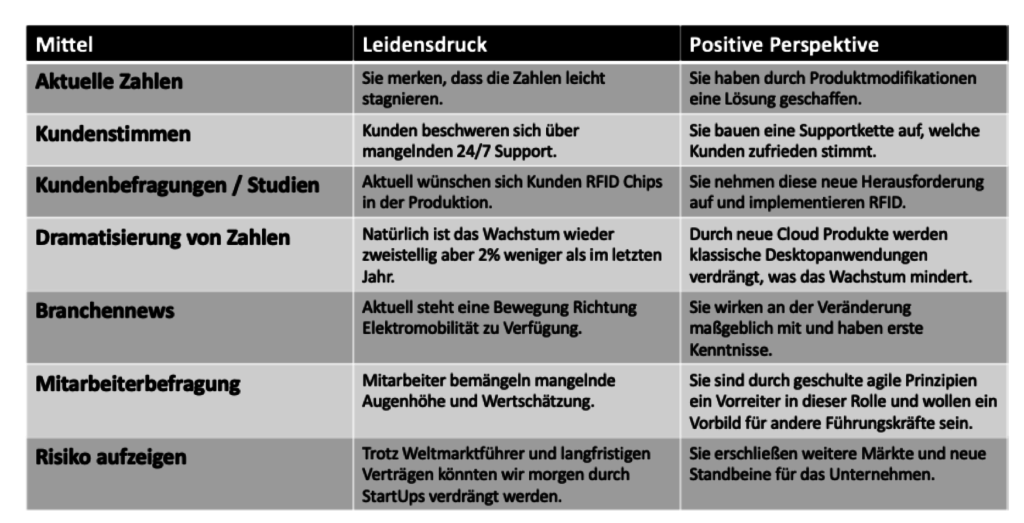“You are a very good employee and very valuable to the company. However, you will need to be with the company for a few more years to be promoted. We will then discuss this in the next annual meeting. “
… said the boss – and the requested promotion or salary increase was a long time coming. In the following I would like to give some tips on how to put pressure on managers to act.
Consequences of lack of action by managers
The missing raise is according to a survey of 1000 employees the most common reason (34 percent) to quit. According to the study, only one in five respondents received an increase and it is hardly any different for promotions. Only 16 percent were promoted internally before they were given notice.
The consequence of a lack of action by executives is numerous layoffs and thus a loss of skilled workers.
Rational and Emotional Insights
I would like to limit the fact that my tips in this article only help if you are already doing a very good job and the manager would already promote you under rational reasons or would like to increase your salary but does not.
Reading tip: Become a senior
This state is called rational insight. You meet all criteria (internal guidelines) and do a good job. The following figure shows the two types of insight.

Rational insight has no consequence
You know it: we eat fast food, like to sit at the PC on the weekend or treat ourselves to a shisha. All of these things are harmful and we are rationally aware of that, but we do it anyway because we do not see it emotionally.
But why do so many people still do sports or eat consciously? This happens from emotional insight, which is often based on two factors:
- Psychological distress
- Positive perspective (hope)
So you have to see an emotional strain and a positive perspective when making an emotional decision. Now two questions arise:
- Is a position vacant for a long time or is a team without leadership because you have not been promoted (suffering)?
- Can you directly support the supervisor as a team leader and improve his department (positive perspective)?
- In a slightly different form, you should also make it clear what your level of suffering is when it comes to salary and what positive perspective there is.
It is now up to you to awaken these factors in your line manager. But how can that be achieved?
Reading tip: Become a manager
Find the positive perspective!
One thing is clear: it is not enough when you build up psychological stress. You should also present yourself as a believable positive perspective. I give you a few selected examples in the following table.
I have deliberately avoided the fact that in some organizations the threat of dismissal is often a means of promotion. However, I do not advocate that.

Conclusion: from awareness to action
As important as it is to arouse the stress of suffering and then to clarify the positive perspective, you have to keep asking whether your manager has already taken action.
My tip is to do your own research too. First, find out how a promotion or raise will be carried out. I often experience three types:
- Promotions or salaries are carried out irregularly: Often in medium-sized businesses due to growth or certain events.
- The boss has freedom: The boss can decide quite freely or set a generous framework.
- Promotions / salaries follow a fixed scheme: There are fixed plans and programs that you have to complete (e.g. corporations)
Now you accompany the manager in the process (ask about partial results, e.g. application already submitted to HR, etc.) and stick to it!
[werbung] [fotolia]


